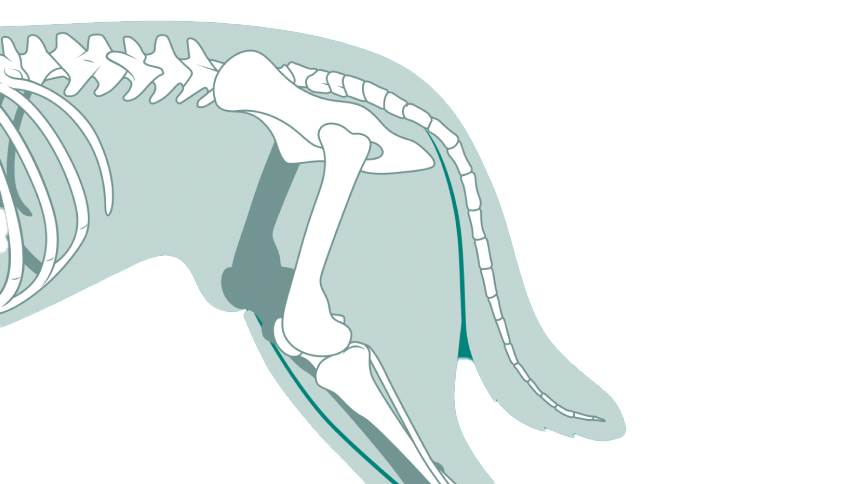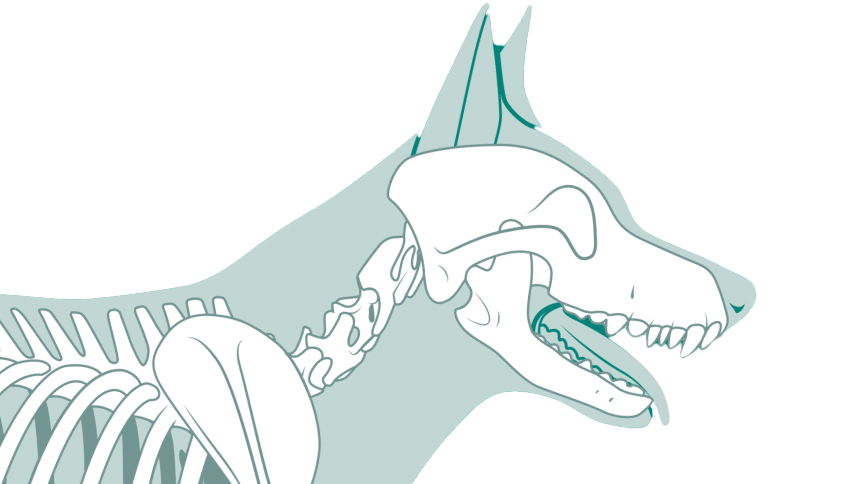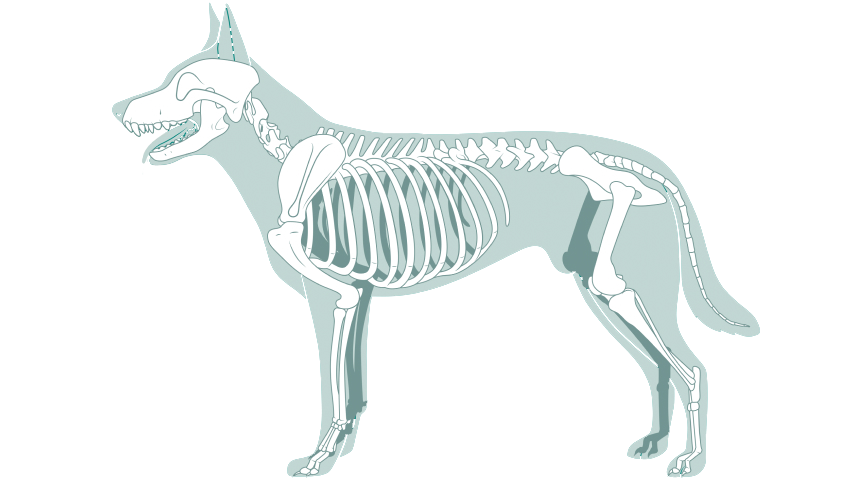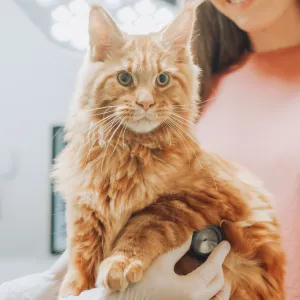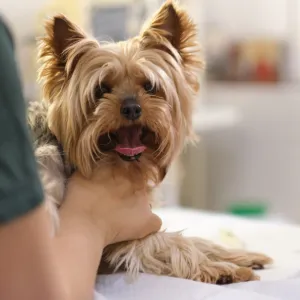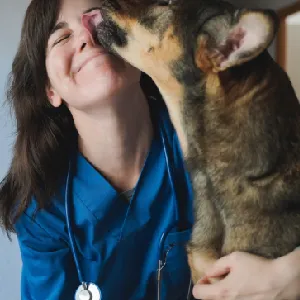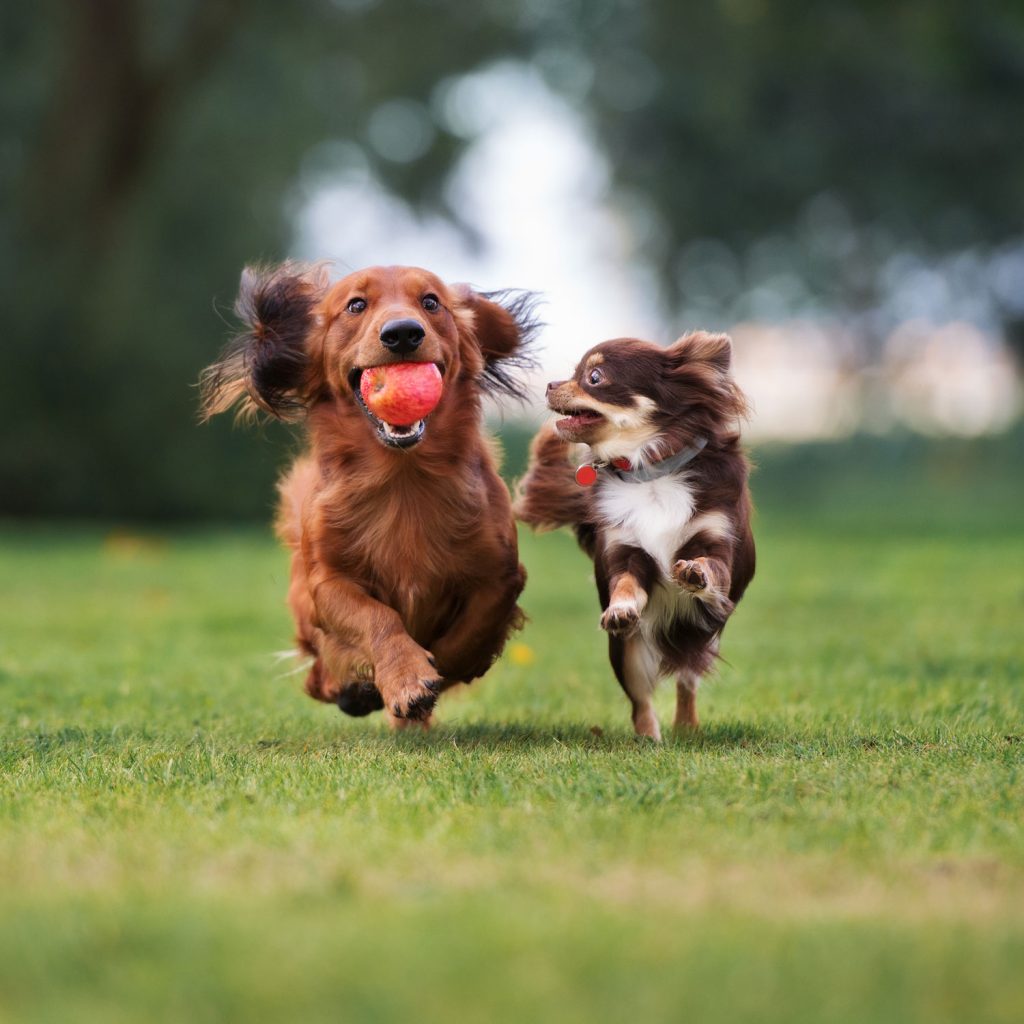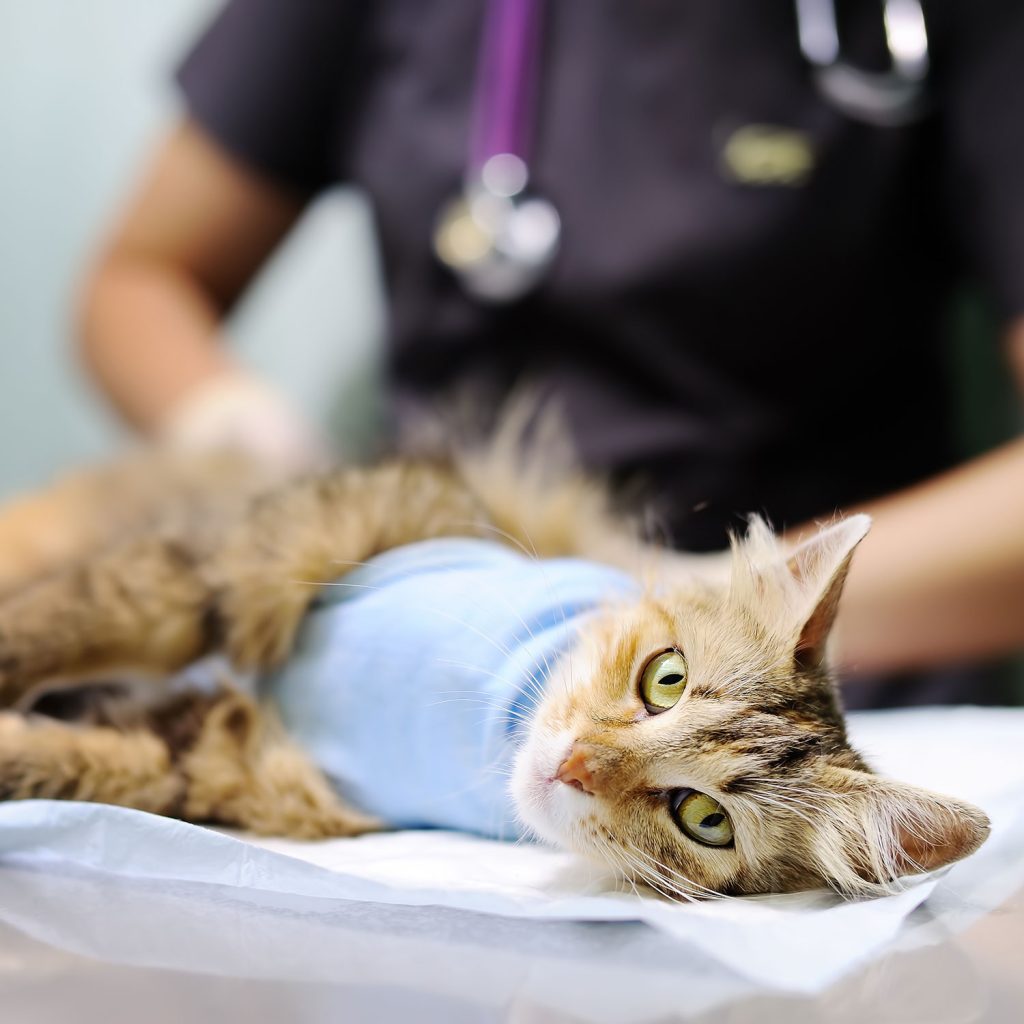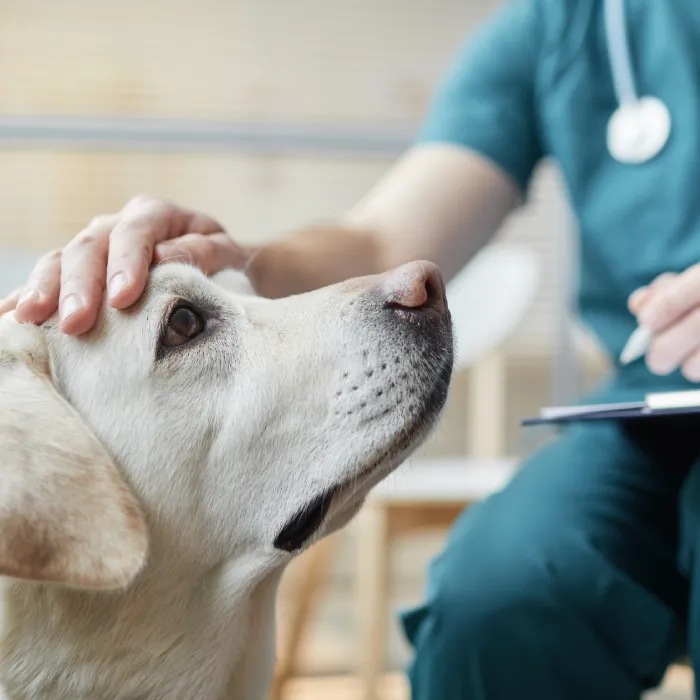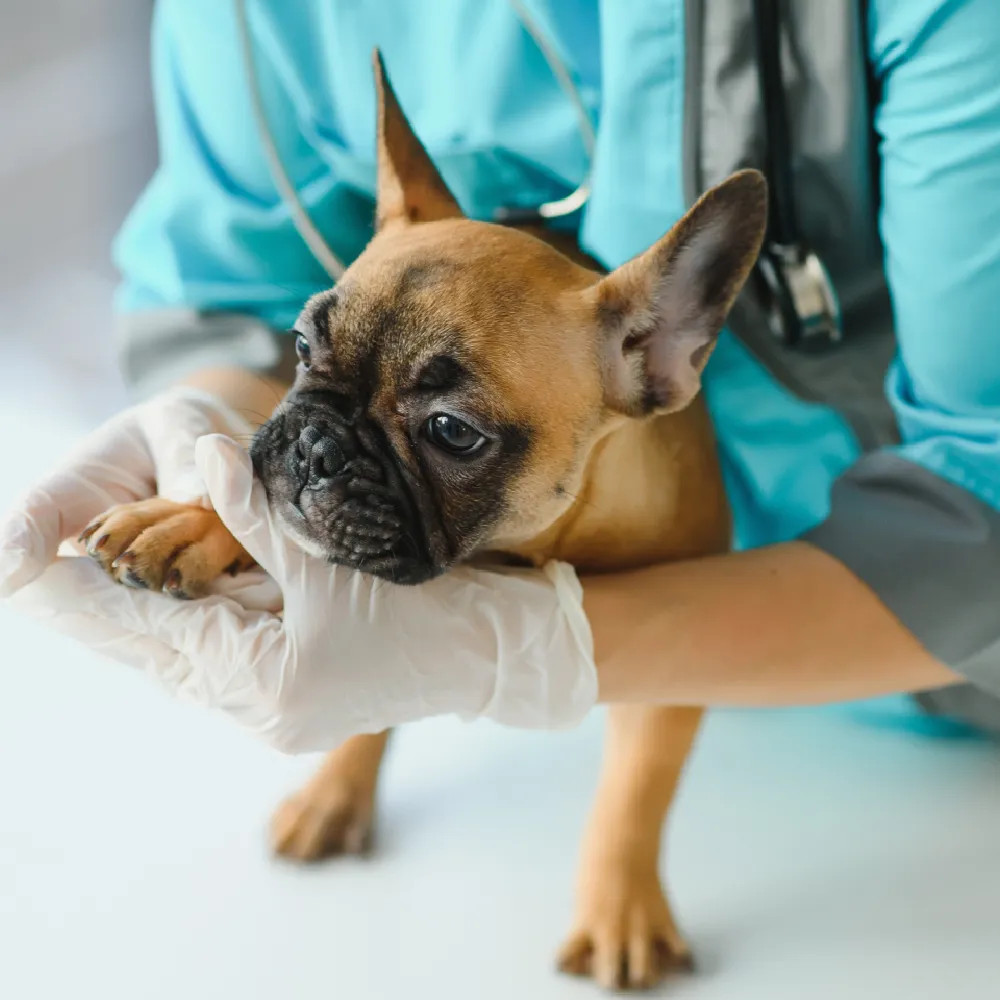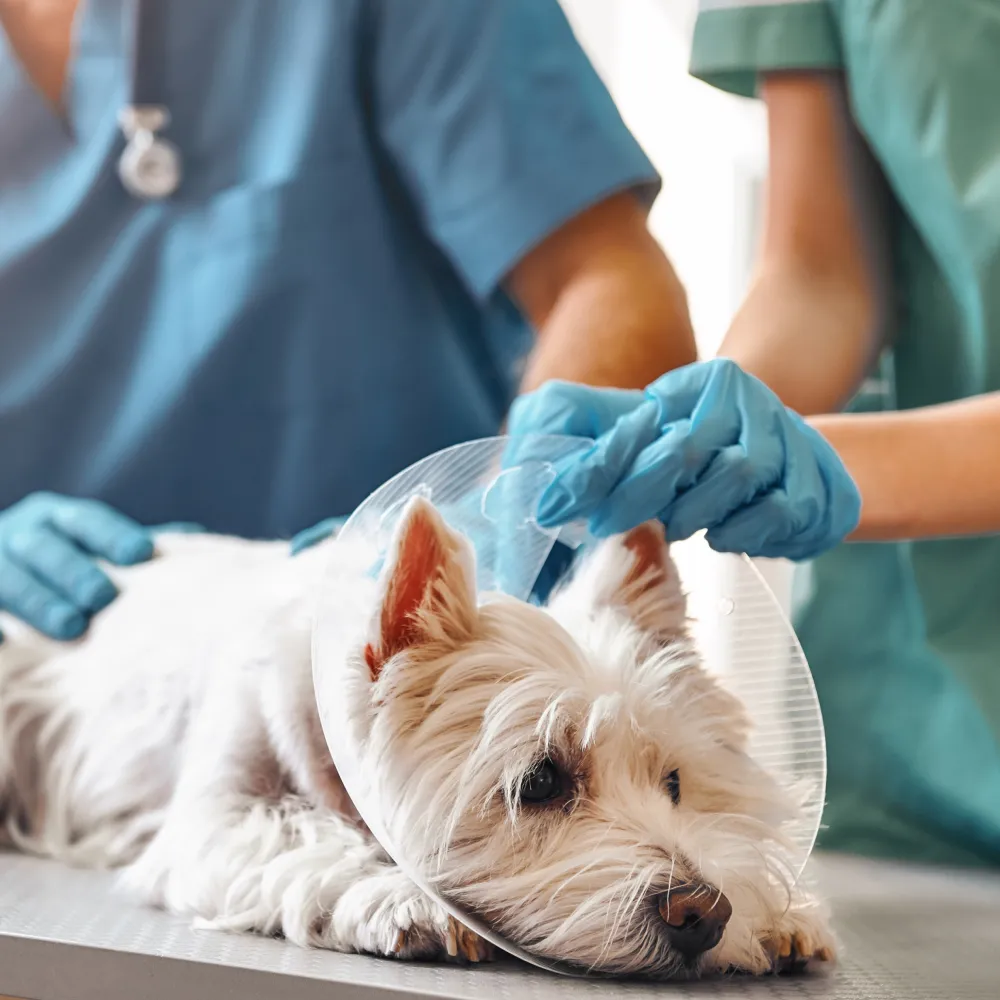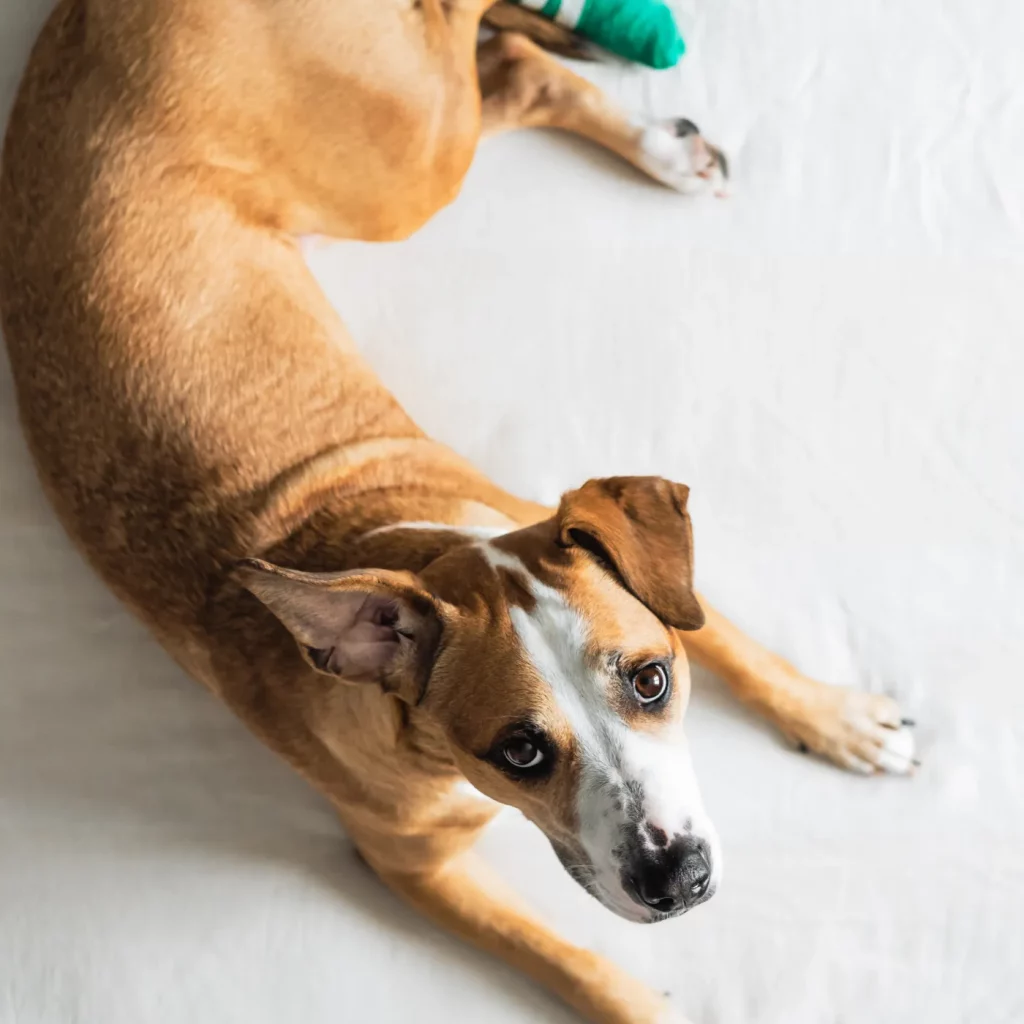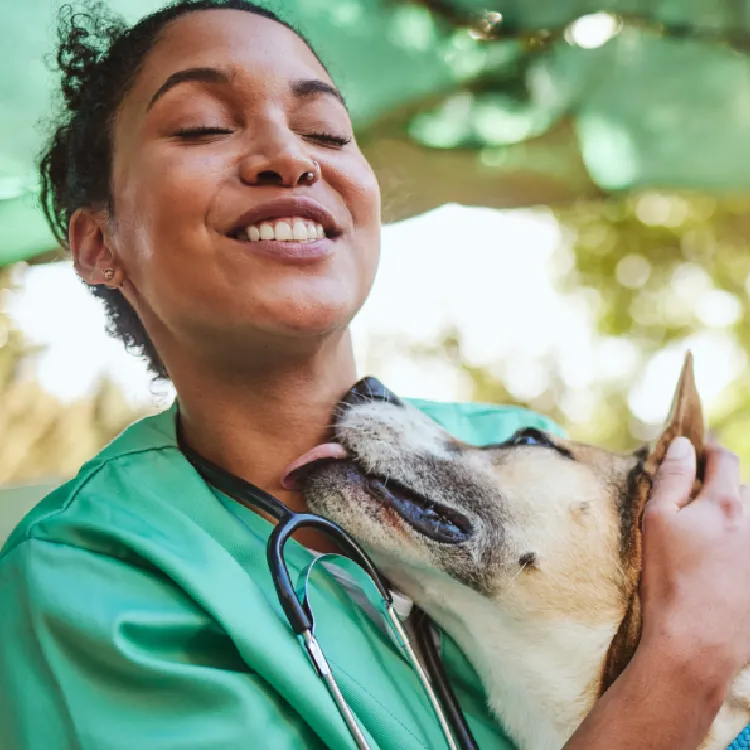The shoulder joint relies on a network of ligaments to maintain stability during movement. When the medial ligaments are overstretched or torn, the joint becomes unstable, leading to discomfort and lameness. This condition is particularly common in athletic and working dogs due to the repetitive demands on their shoulders. Without treatment, instability can result in cartilage damage and arthritis, making early intervention crucial.
The surgical approach depends on the severity of the instability and the degree of ligament damage.
- Reinforcement with Sutures:
Mild to moderate cases may involve placing synthetic sutures to reinforce the damaged ligaments, restoring their ability to stabilize the joint. - Ligament Reconstruction:
Severe cases may require reconstructing the medial ligaments using grafts or advanced surgical techniques to rebuild the joint’s natural support structure. - Minimally Invasive Techniques:
In some cases, arthroscopy is used to perform the procedure with minimal tissue disruption, leading to faster recovery times.
Post-surgery, stability is maintained using external support, such as a shoulder brace, during the initial healing period.
This procedure is ideal for pets showing signs of persistent shoulder lameness, pain, or instability that does not respond to conservative treatments like rest or physical therapy. Sporting and working dogs are often candidates due to the high physical demands on their joints. A thorough examination, including advanced imaging, confirms the diagnosis and determines the best surgical approach.
If your pet is experiencing shoulder pain or lameness, schedule an evaluation with our surgical team. Diagnosis typically includes a physical examination and imaging, such as X-rays or ultrasound, to identify the extent of ligament damage.
Following surgery, recovery involves:
- Restricted Activity: Strict rest and limited movement to protect the repair during healing.
- Rehabilitation: Physical therapy to rebuild strength and mobility, tailored to your pet’s needs.
With expert surgical care and rehabilitation, your pet can regain shoulder stability and return to their active lifestyle.
Our areas of expertise
Transforming the way orthopedic care is delivered
For Vets
Refer your patients to our specialists using our streamlined online portal.
Referral portalFor Pets
Request a consultation or prepare for surgery with us and experience expert compassionate care every step of the way.
Request a consultation